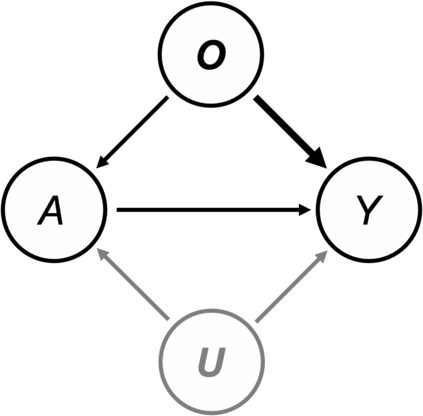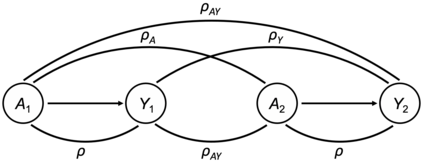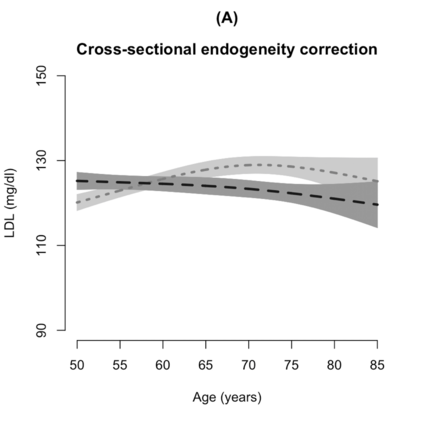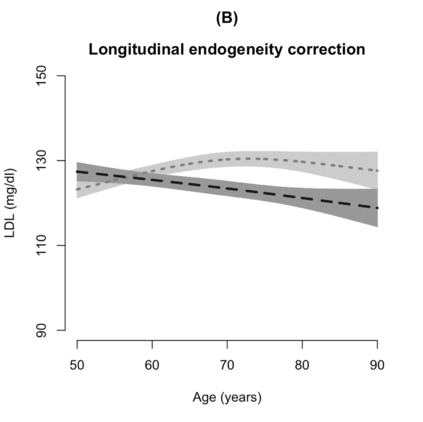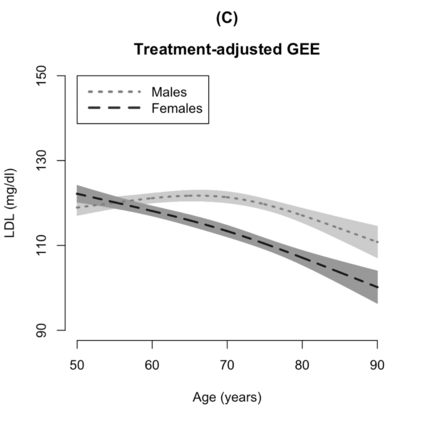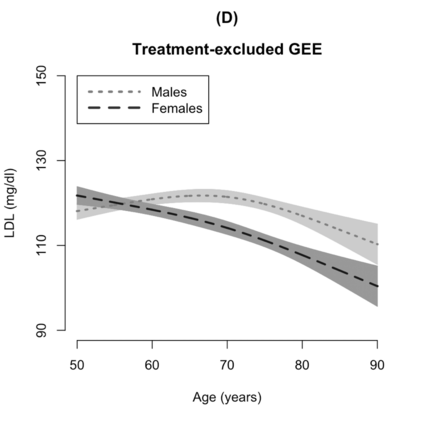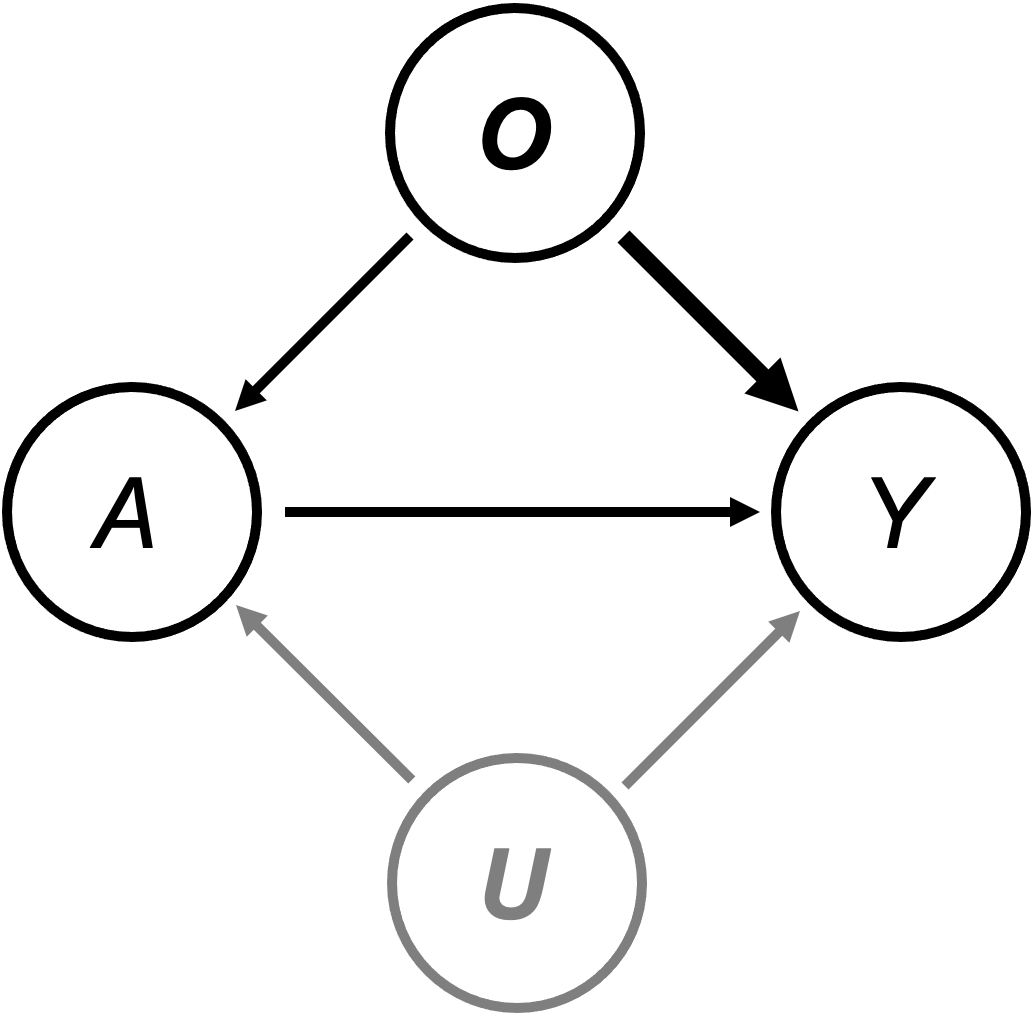In cohort studies, non-random medication use can pose barriers to estimation of the natural history trend in a mean biomarker value (namely, the association between a predictor of interest and a biomarker outcome that would be observed in the absence of biomarker-specific treatment). Common causes of treatment and outcomes are often unmeasured, obscuring our ability to easily account for medication use with commonly invoked assumptions such as ignorability. Further, absent some variable satisfying the exclusion restriction, use of instrumental variable approaches may be difficult to justify. Heckman's hybrid model with structural shift (sometimes referred to less specifically as the treatment effects model) can be used to correct endogeneity bias via a homogeneity assumption (i.e., that average treatment effects do not vary across covariates) and parametric specification of a joint model for the outcome and treatment. In recent work, we relaxed the homogeneity assumption by allowing observed covariates to serve as treatment effect modifiers. While this method has been shown to be reasonably robust in settings of cross-sectional data, application of this methodology to settings of longitudinal data remains unexplored. We demonstrate how the assumptions of the treatment effects model can be extended to accommodate clustered data arising from longitudinal studies. Our proposed approach is semi-parametric in nature in that valid inference can be obtained without the need to specify the longitudinal correlation structure. As an illustrative example, we use data from the Multi-Ethnic Study of Atherosclerosis to evaluate trends in low-density lipoprotein by age and gender. We confirm that our generalization of the treatment effects model can serve as a useful tool to uncover natural history trends in longitudinal data that are obscured by endogenous treatment.
翻译:在组群研究中,非随机药物的使用可能会对以生物标志值平均值(即,利益预测者与生物标志结果之间的联系)来估计自然历史趋势构成障碍。 治疗和结果的常见原因往往无法测量,从而模糊了我们以通常的假设,如可忽略性等,对药物使用进行简单核算的能力。此外,如果某些变量不能满足排斥限制,使用工具变量变量变量可能难以说明理由。赫克曼的具有结构转变(有时更具体地说,治疗效果模型)的混合性理论模型可以用来通过同质性假设(即,平均治疗效果不会因生物标志而异)和生物标志结果的结果来纠正内向性趋势。 治疗和治疗结果的共同模型的参数往往无法测量,在最近的工作中,我们通过允许观察到的变异性来作为治疗效果的修饰。 在跨部门数据环境下,我们比较可靠的评估方法,将这一方法应用到长度研究周期性数据的模型设置中,从长期数据中可以证明我们长期的变现性数据是无法理解的。 我们的变现数据在分析中可以证明,从长期数据中的变现数据中可以证明,从模型的变现性数据中可以证明,从模型分析结果中可以证明我们数据的变现到变现到变现到变现到变现到变现数据。

